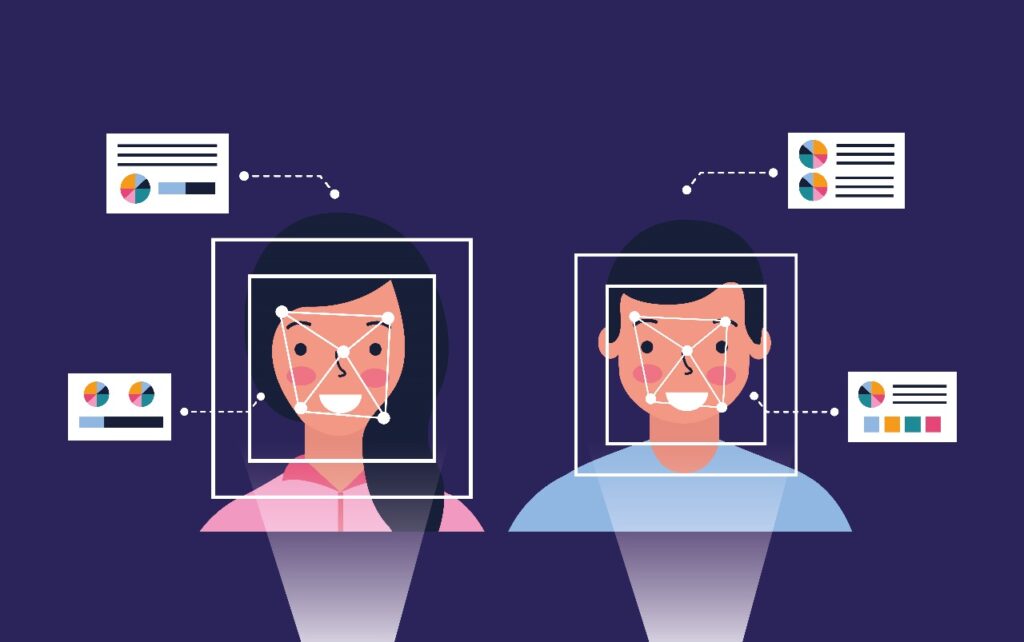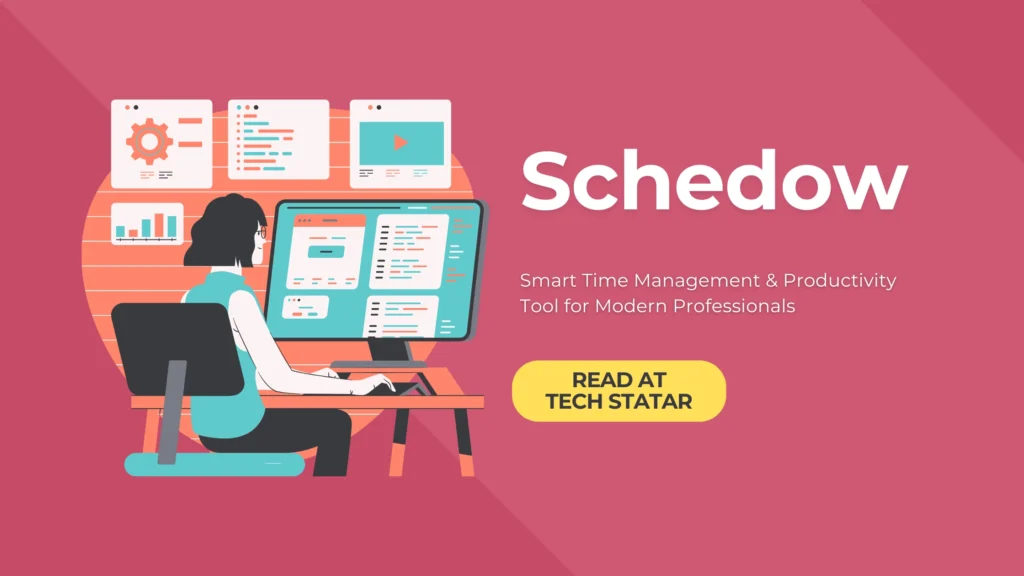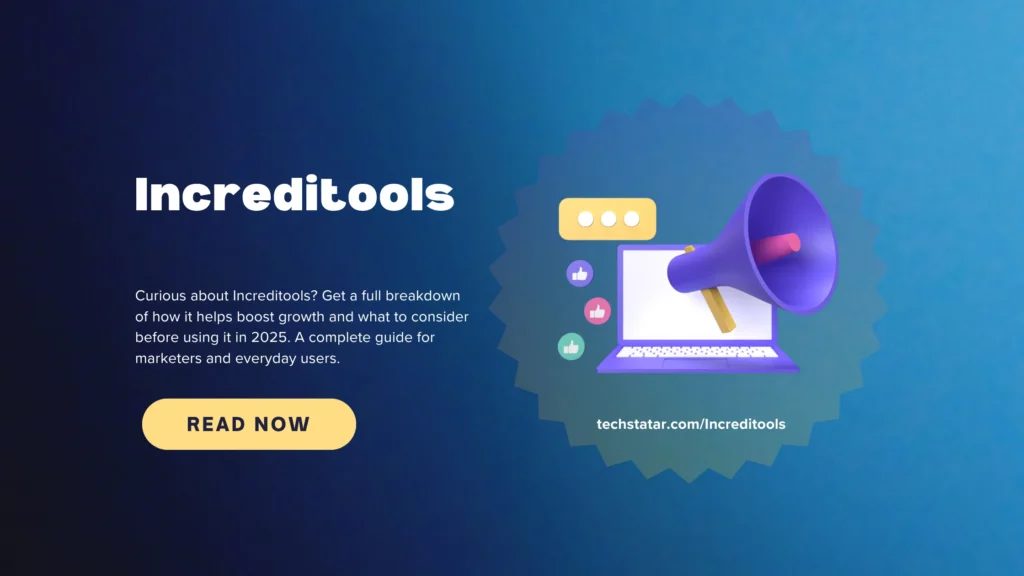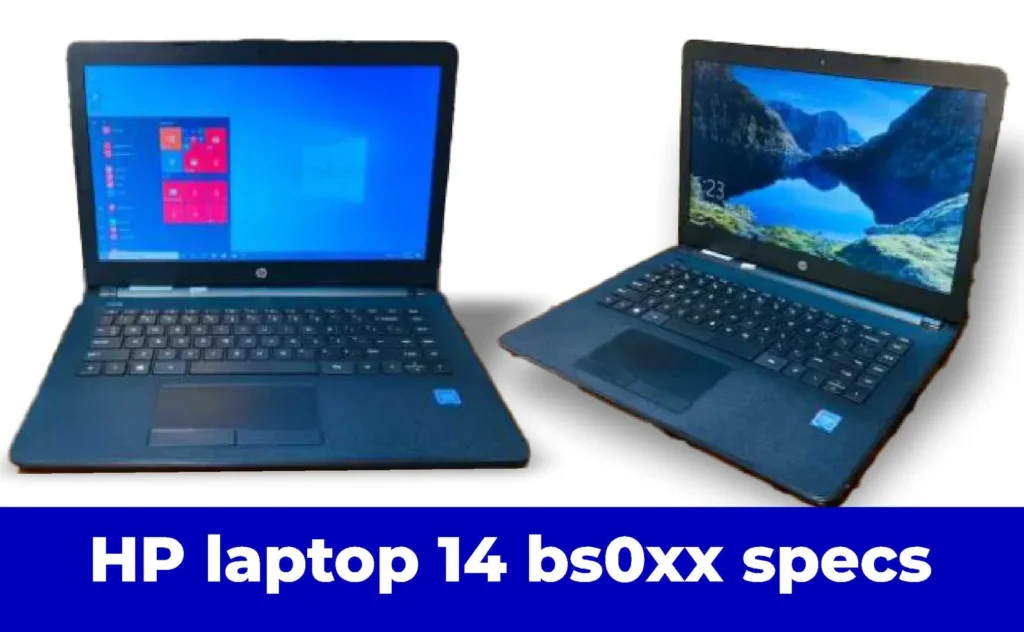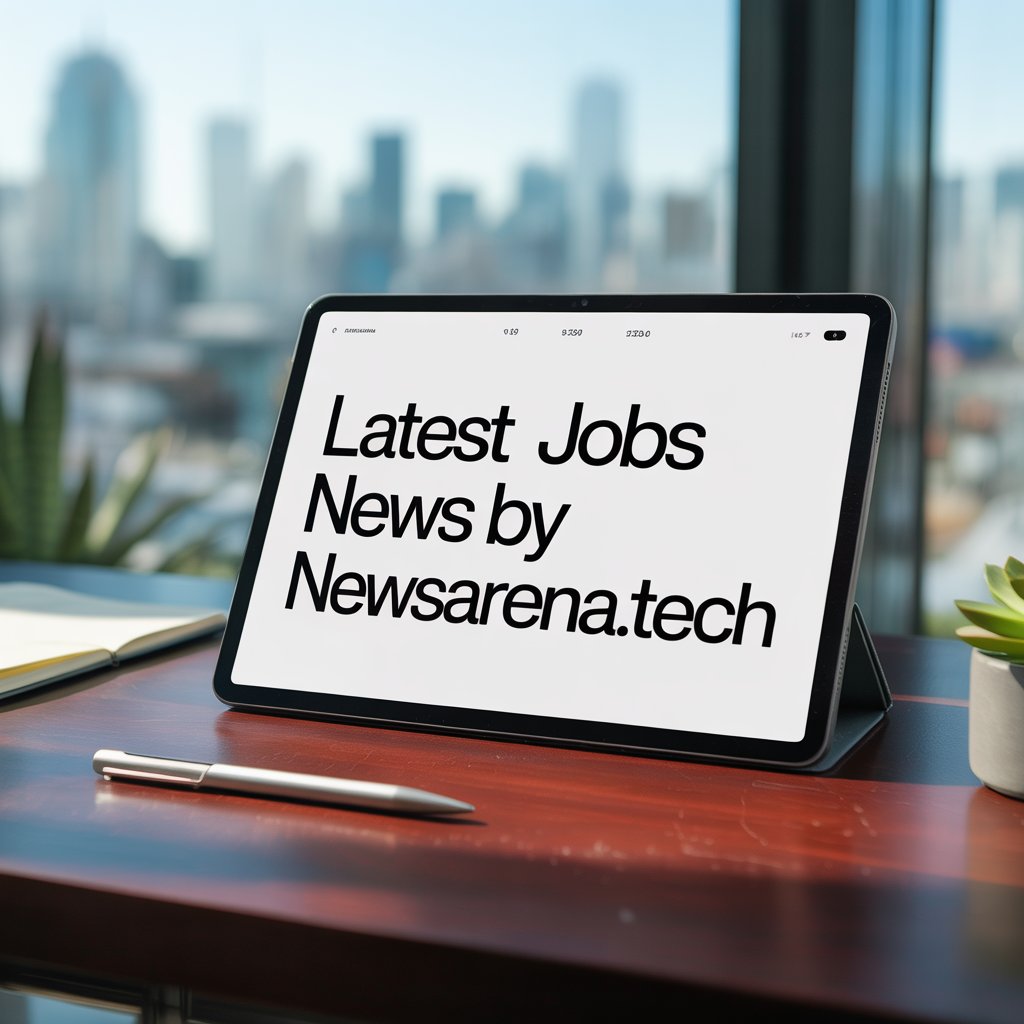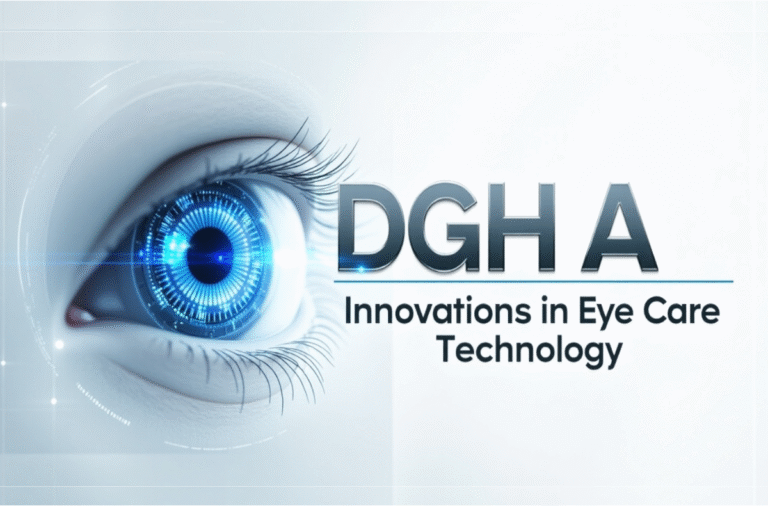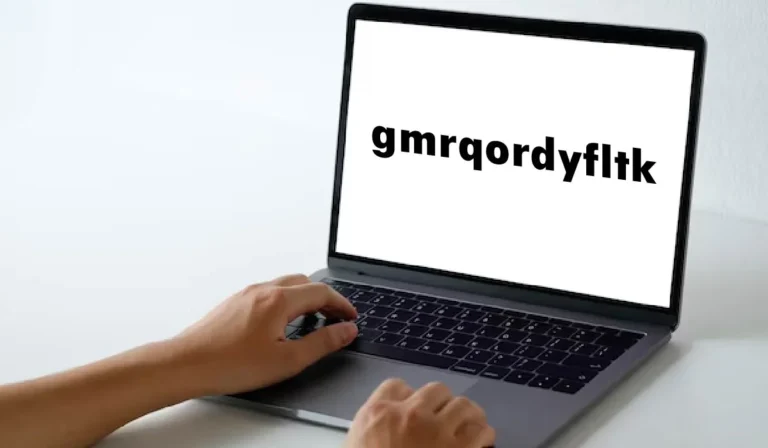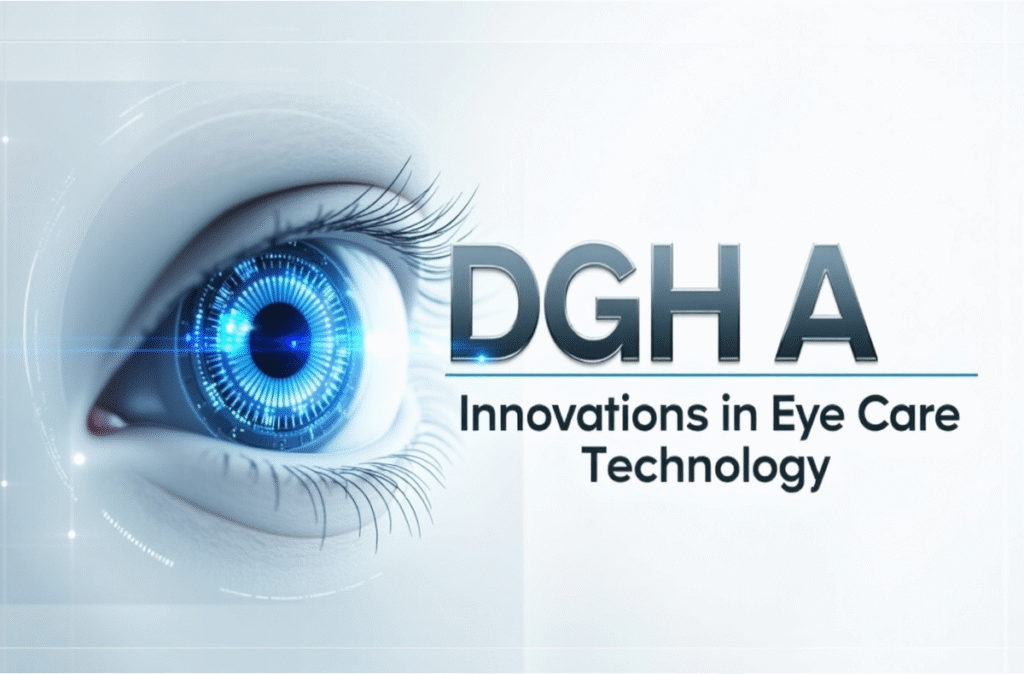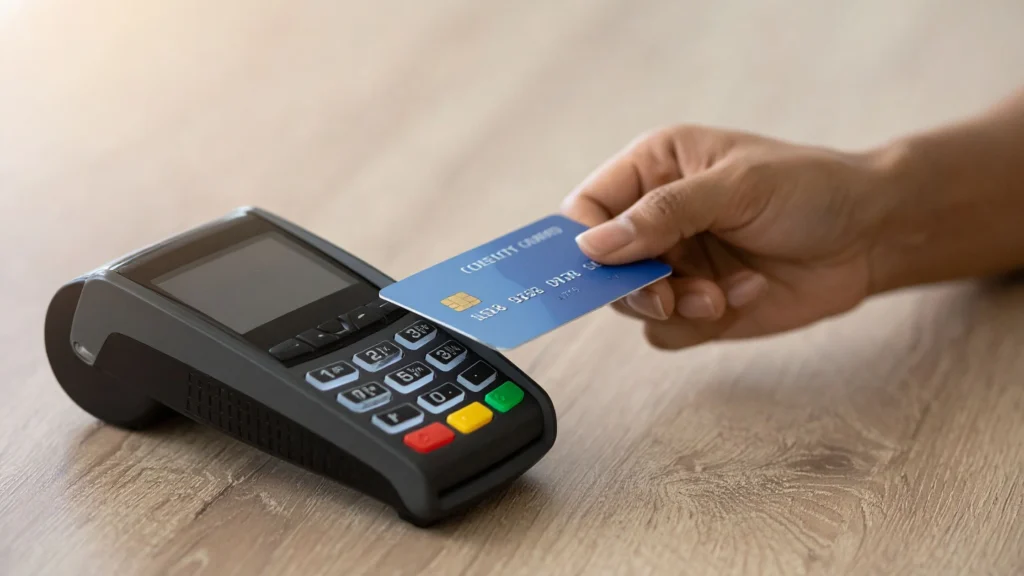What Is an IoT Developer Responsible For? [2025 Guide]
In a world where our watches track our heart rate, our cars park themselves, and our homes can adjust the temperature automatically, the Internet of Things (IoT) has quietly become the backbone of modern innovation.
Behind this connected revolution stands a key player, the IoT developer. But what is an IoT developer responsible for, and why is their role becoming one of the most in-demand in the tech industry?
This article breaks down exactly what IoT developers do, the skills they need, and how they’re shaping the future of technology.
What Is an IoT Developer?

An IoT developer is a professional who designs, develops, and maintains applications that connect physical devices to the internet. These could be anything from a simple temperature sensor to a full-fledged smart factory system.
Think of them as bridge-builders, connecting devices, sensors, and machines so they can collect and exchange data. The data, in turn, helps businesses automate operations, predict issues, and deliver better user experiences.
While traditional software developers focus mainly on apps or web platforms, IoT developers operate in a more complex environment, working with both hardware and software, along with network protocols and cloud systems.
Core Responsibilities of an IoT Developer
The role of an IoT developer is multi-dimensional. Here’s what they’re actually responsible for:
1. Device Connectivity & Integration
IoT developers ensure that devices can communicate with each other through wireless protocols like Wi-Fi, Bluetooth, Zigbee, MQTT, or LoRaWAN. They configure sensors, gateways, and embedded systems to collect data efficiently, whether it’s for smart homes, medical devices, or industrial automation.
2. Firmware and Hardware Programming
Most IoT devices rely on tiny microcontrollers like Raspberry Pi, ESP32, or Arduino. IoT developers write the firmware that controls these components. They use languages like C, C++, or Python to program the devices so they can sense, process, and send data to cloud or mobile applications.
3. Cloud Integration
An IoT system is only as powerful as its data management. IoT developers integrate devices with cloud platforms such as AWS IoT Core, Microsoft Azure IoT Hub, or Google Cloud IoT. This enables real-time monitoring, remote control, and advanced analytics.
4. Security Implementation
Security is one of the biggest challenges in IoT. Developers are responsible for building end-to-end encryption, secure authentication, and firmware update systems to protect data and prevent cyber-attacks.
5. Testing and Troubleshooting
Every IoT ecosystem involves multiple components, sensors, devices, mobile apps, and networks. IoT developers test how these systems work together, detect issues in communication or power efficiency, and fix them before deployment.
6. System Maintenance and Scalability
Once devices are deployed, developers continuously monitor their performance. They push over-the-air updates (OTAs), optimize connectivity, and make sure the system can scale as the number of connected devices grows.
Skills Every IoT Developer Needs

To manage all these responsibilities, IoT developers must wear many hats. Some of the most essential skills include:
1. Programming Languages
Proficiency in C, C++, Python, Java, and JavaScript is essential. Python is often used for data handling and backend logic, while C/C++ powers the firmware on low-level devices.
2. Networking and Protocols
Understanding communication standards like MQTT, CoAP, HTTP, Bluetooth LE, and Zigbee is crucial to building reliable device networks.
3. Cloud and Edge Computing
Modern IoT relies heavily on cloud and edge platforms. Developers must know how to connect devices to AWS IoT, Azure IoT, or Google Cloud IoT, and how to manage data across distributed systems.
4. Data Management and Analytics
Since IoT generates enormous amounts of data, developers often collaborate with data scientists to interpret insights.
Skills in SQL, NoSQL databases, and data streaming frameworks like Kafka are becoming valuable.
5. Cybersecurity Awareness
IoT devices are frequent targets of attacks. A developer must understand encryption standards, authentication models, and firmware security best practices.
6. UI/UX Understanding
While IoT developers may not always design interfaces, they must understand how users will interact with IoT apps and dashboards, ensuring smooth user experiences.
Typical Workflow of an IoT Developer
The development process of an IoT solution usually follows this structure:
1. Planning the Solution: Understanding the client’s problem and defining device requirements.
2. Hardware Selection:
Choosing sensors, controllers, and communication modules suitable for the project.
3. Firmware Development:
Writing and testing embedded code to collect and send data.
4. Cloud & Software Integration:
Connecting devices to backend systems or mobile applications.
5. Testing & Debugging:
Running simulations, network tests, and stress tests to ensure reliability.
6. Deployment & Maintenance:
Monitoring devices post-launch and providing OTA updates for performance and security.
This process blends software development with engineering, requiring both creativity and technical precision.
Industries That Rely on IoT Developers
IoT has spread across almost every sector. Here are some industries where IoT developers are playing a critical role:
- Smart Homes: Building connected appliances, lighting, and security systems.
- Healthcare: Developing wearable medical devices that track vitals in real time.
- Automotive: Working on connected cars that collect performance data and support autonomous features.
- Agriculture: Creating smart irrigation systems and livestock tracking tools.
- Manufacturing: Automating production lines through predictive maintenance and sensor networks.
- Energy & Utilities: Managing smart grids and optimizing energy consumption.
These industries rely on IoT developers to turn physical data into digital intelligence, boosting efficiency and sustainability.
Challenges IoT Developers Face

Despite its potential, IoT development comes with its own set of challenges:
1. Security Risks: Billions of devices mean billions of potential vulnerabilities. Developers must ensure robust protection mechanisms.
2. Device Compatibility: Different hardware platforms and protocols make integration complex.
3. Scalability: As IoT networks grow, ensuring consistent performance across thousands of devices becomes harder.
4. Power Consumption: Many devices run on limited batteries; optimizing for energy efficiency is key.
5. Data Privacy: Developers must comply with data protection laws like GDPR when handling user information.
Tackling these challenges requires continuous learning and adaptability.
Future of IoT Development
The role of the IoT developer is only going to expand in the coming years.
Here’s what the future holds:
- Edge AI: Devices will process data locally using AI chips instead of relying fully on the cloud.
- 5G Integration: Faster and more reliable connectivity will open doors to real-time applications.
- Autonomous Systems: IoT combined with AI will drive automation in industries and cities.
- Sustainability Focus: Developers will play a key role in creating energy-efficient and eco-friendly systems.
As the technology matures, IoT developers will become the architects of digital ecosystems that connect every aspect of our daily lives.
Conclusion
So, what is an IoT developer responsible for? In simple terms, they build the invisible threads that connect our devices, data, and digital experiences. From smart homes and connected vehicles to healthcare and industrial automation, their work powers the intelligent systems that define our modern world.
If you’re a tech enthusiast or business owner, understanding what IoT developers do gives you a front-row seat to the next wave of digital transformation, where innovation is no longer limited to screens but extends to the very devices we use every day.
Follow TechStatar for real tech insights and stay ahead with updates that actually matter.

![What Is an IoT Developer Responsible For? [2025 Guide]](https://techstatar.com/wp-content/uploads/2025/10/The-Internet-of-Things-Benefits-and-Challenges-of-IoT-for-Business-SOCIAL-1024x536.png)

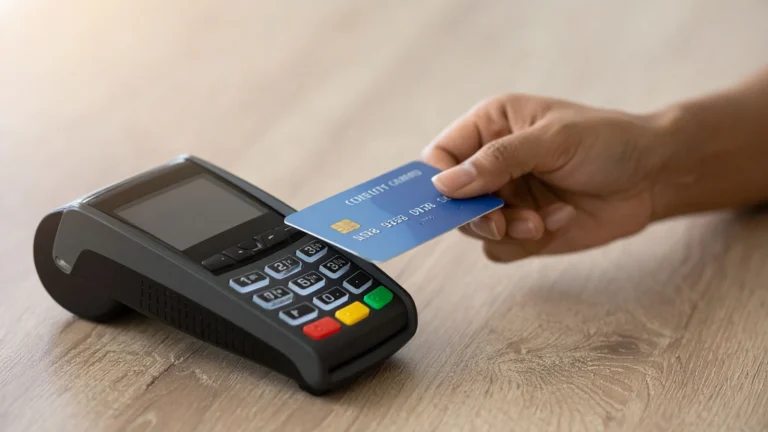
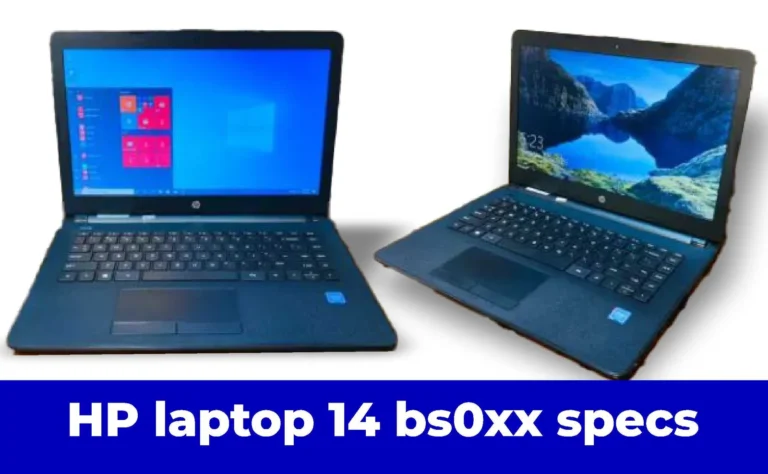
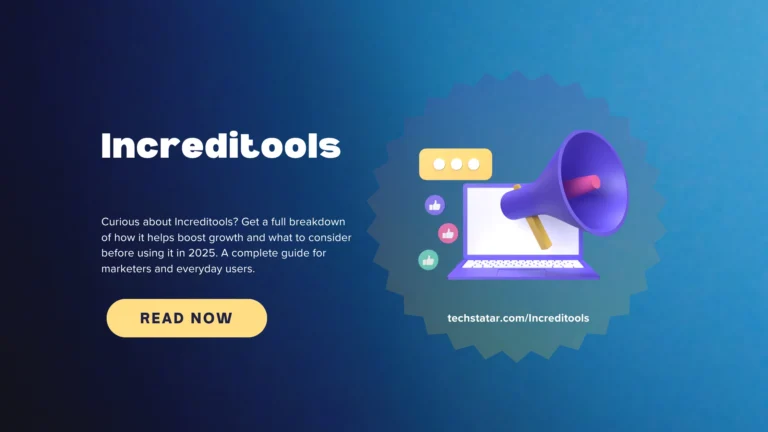
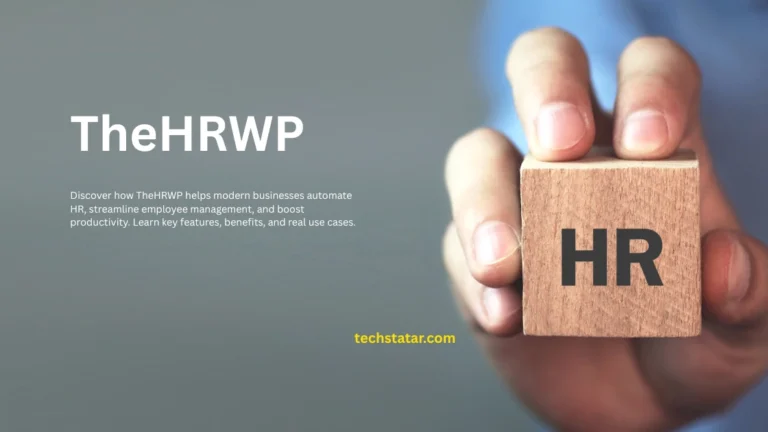
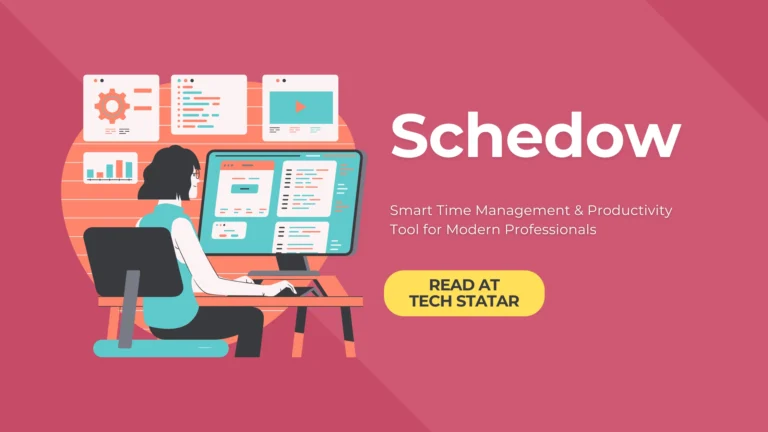
![What Is an IoT Developer Responsible For? [2025 Guide] What Is an IoT Developer Responsible For? [2025 Guide]](https://techstatar.com/wp-content/uploads/2025/10/The-Internet-of-Things-Benefits-and-Challenges-of-IoT-for-Business-SOCIAL-768x402.png)
